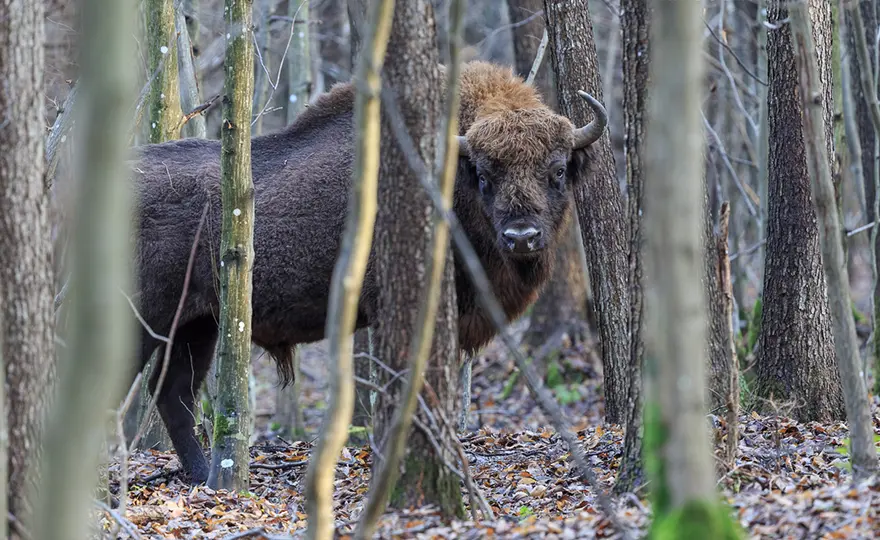ClientEarth Communications
18th January 2019


ClientEarth lawyers have challenged an authorisation for the planned killing of 40 protected European Bison in north-eastern Poland.
Our team has called on the Polish General Director of Environmental Protection to reconsider the cull, which we believe is unjustified.
Just before New Year’s Eve, the General Director issued decisions allowing two forest inspectorates to carry out the culls. In both cases, the arguments used to justify the decision raised serious scientific and legal doubts.
The largest land mammal in Europe, the European bison has come close to extinction with just 54 individuals recorded early last century. After decades of breeding efforts, there are now around 2,000 bison living in free-ranging herds and closed breeding centres in Poland.
However, the species is still at risk of extinction and legislation prohibits the deliberate killing of bison.
ClientEarth wildlife lawyer Agata Szafraniuk said: “Killing bison may be permitted only in exceptional cases, justified beyond any doubt, and only if there are no alternatives. In our opinion, the decisions of the General Director of Environmental Protection don’t meet these criteria.”
The forest inspectorate of Borki, a village in Poland’s north near the Lithuanian border, argued that it was necessary to kill 20 bison to regulate numbers and to shape the appropriate age and gender structure of the herd living in its forest.
The forest inspectorate of Krynki, a town in Poland’s east near the border with Belarus, claimed that it would only shoot bison that were seriously ill, wounded, aggressive or causing crop damage.
Both forest inspectorates based their decisions on a widely criticised strategy for European bison conservation. Many experts claim that the recommendations for maximum herd sizes outlined in the document do not reflect current scientific knowledge.
Agata added: “The General Director did not verify whether there were actually too many bison in either herds in terms of the area that they inhabit. Nor did they assess whether there any alternatives to killing the surplus animals.”
Scientists critical of the cull say officials should instead consider reducing the intensity of winter feeding. The unnaturally high availability of food throughout the year results in many young bison being born and living to reproductive age.
“European bison are another species that are dying from culling decisions underpinned by human error. ClientEarth protests such thoughtless killing of these rare protected animals,” said Agata.
“We will strive to repeal the General Director’s harmful decisions to ensure that the management of Poland’s European bison population is in accordance with the law and the latest scientific knowledge.”